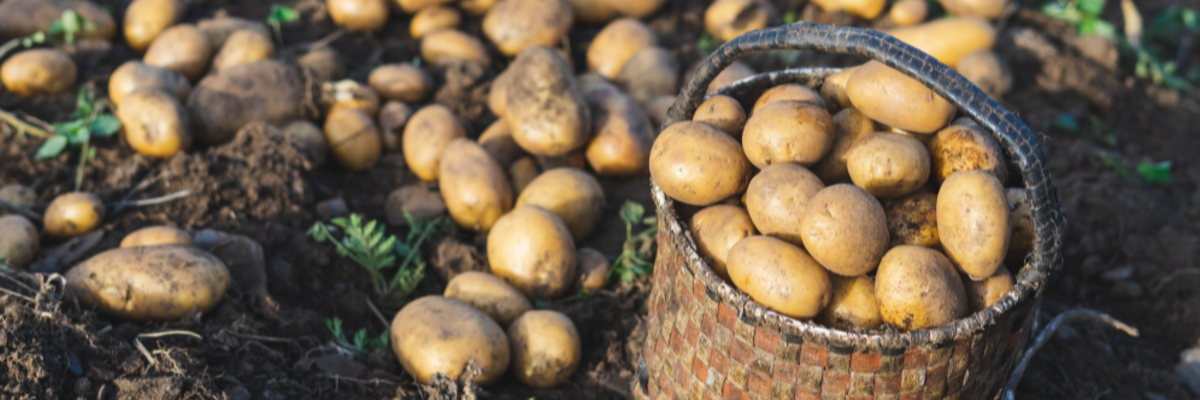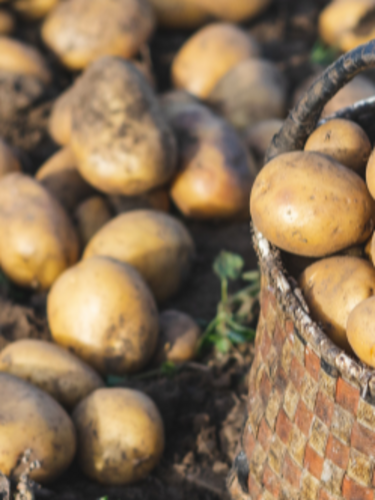


The ”humble” cultivated potato (Solanum tuberosum ssp. tuberosum) is the world´s most important non-cereal crop, feeding over one billion people every year. Its long history began around 10,000 years ago in the Andean highlands of South America, where communities of hunters and gatherers started domesticating species of wild potato.
In around 1560, the Spanish brought the potato to Europe and began cultivating it in Europe. Various forms of this species were introduced: each adapted to the climate and day lengths of a specific region of the Andean highlands.
However, only one particular type successfully adapted to Europe´s seasonal climates and varying day lengths. Today, this form is known scientifically as Solanum tuberosum ssp. tuberosum. By the late 18th century, this European-adapted subspecies had become a staple food crop across much of the continent.
A significant turning point occurred in the mid-19th century, marked by the outbreak of potato late blight, caused by Phytophthora infestans. This fungal-like pathogen devastated crops, particularly in Ireland, leading to widespread famine and emigration. This crisis marks the start of modern breeding programmes, which began by crossing cultivated potatoes with their wild relatives, known for their natural resistance to diseases like late blight.
Despite centuries of cultivation and adaptation, the genetic history of the European potato is shaped by severe population bottlenecks, events that drastically reduced genetic diversity. This reduction began with the initial domestication, where only a few wild potato plants with desirable traits were selected for cultivation. It continued as potatoes adapted to Europe’s climate, allowing only certain types to survive. The situation was further intensified by 150 years of modern breeding, which relied on repeatedly crossing a small number of elite varieties. Together, these factors led to a gradual loss of rare genetic variants.
A recent genome study published in the journal Nature reveals an interesting paradox: the DNA of European potatoes exhibits an unusually high number of genetic differences, especially in certain regions, far exceeding those found in other domesticated crops. This surprising genetic richness primarily results from the cross-pollination of wild potato species with cultivated varieties at various historical points.
At the same time, however, scientists have found that these differences are often concentrated in just a few inherited blocks of DNA. This means that, overall, there are only a limited number of truly distinct genetic combinations in today’s potatoes. This mix of genetic loss through selective breeding and genetic enrichment through wild crossbreeding reflects the potato’s complex history, shaped by both restriction and renewal.
According to the genome study, broadening this limited genetic base is not a straightforward process. Foreign wild species may lack essential quality traits or introduce harmful genes that would need careful removal. As the authors of the study suggest, modern genome editing could provide an alternative by expanding the genetic potential of potatoes more precisely, either by inserting beneficial traits or by eliminating harmful genetic variants.
This genomic insight is not only scientifically relevant but also holds legal significance, as it influences how we define, distinguish, and protect plant varieties in modern breeding and intellectual property law.
Source: Sun et. al., 2025 - The Phased pan-genome of tetraploid European potato - https://www.nature.com/articles/s41586-025-08843-0